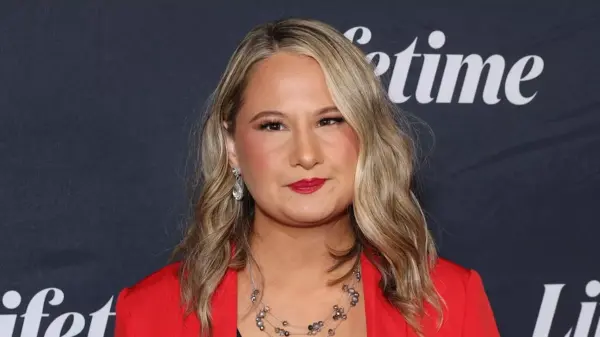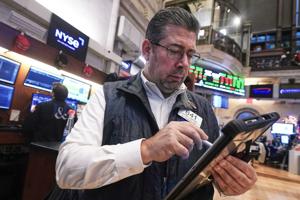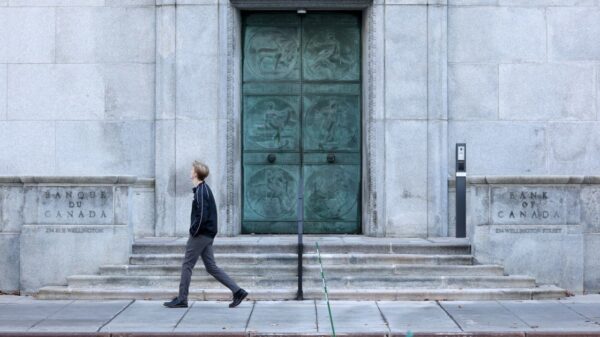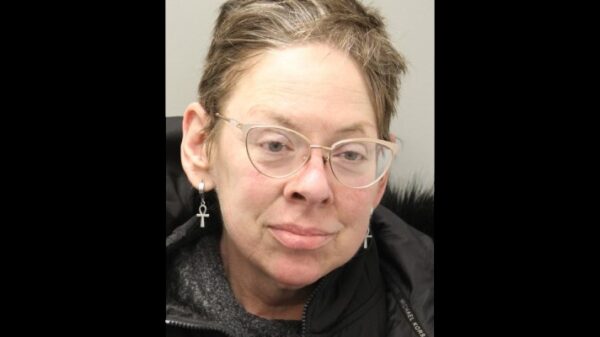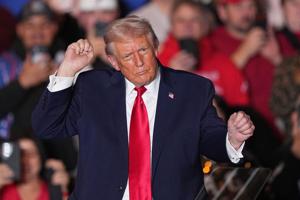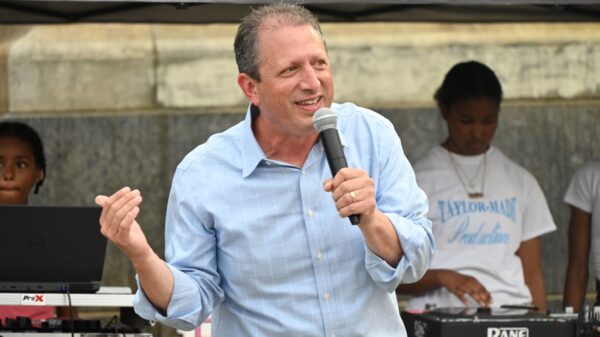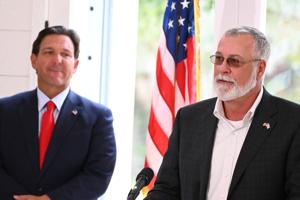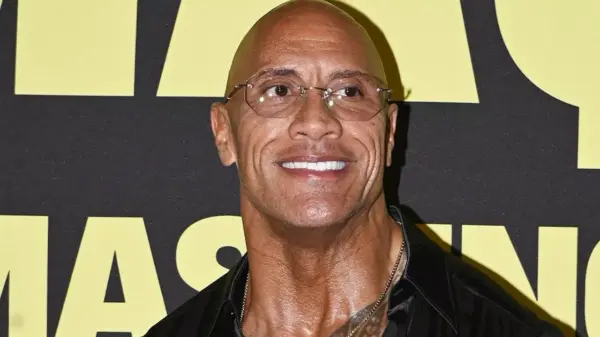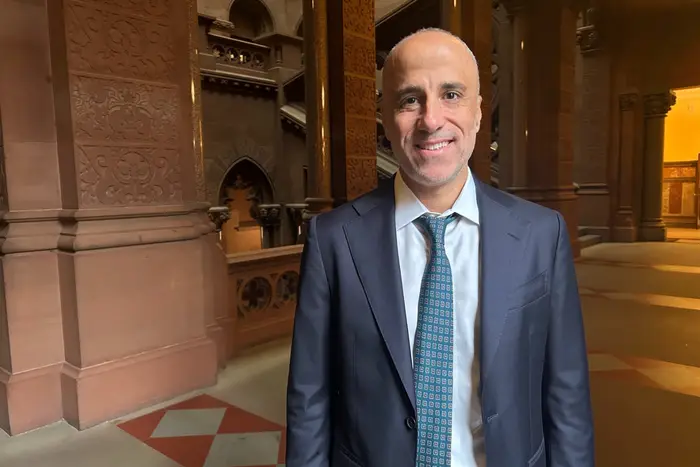Drew Warshaw is set to challenge incumbent Tom DiNapoli for the position of New York State Comptroller in the upcoming March 2024 Democratic primary. Warshaw is highlighting the significant fees associated with the New York state retirement fund, which he claims are a burden on taxpayers. He aims to bring fresh perspectives to an office that handles substantial state financial matters but often flies under the public radar.
Warshaw recently showcased an oversized check for $21 million near Wall Street, symbolizing the fees the state retirement fund disburses to money managers. He argues that DiNapoli must take more decisive action to address the state’s affordability crisis, asserting that the role of comptroller should not be treated as a lifetime appointment. “To have the opportunity and the power to attack the affordability crisis head on is a dream job,” Warshaw stated.
The New York State Common Retirement Fund is a significant player in public finance, boasting an investment pool of $284 billion. Investment strategies employed by the comptroller directly influence taxpayers, making the position critical in shaping the state’s economic landscape. DiNapoli, who is pursuing a fifth term, defends his record, claiming his steady leadership is essential amid the current fiscal challenges. “It may not be the front page of the paper office, but it is an office that’s very key to the operations of state government,” he remarked.
Warshaw proposes reallocating $10 billion from the pension fund towards affordable housing projects, drawing on his background as an aide to former Governor Eliot Spitzer and his experience in developing solar power and affordable housing initiatives. “When I talk about starting the largest affordable housing fund in the United States, I’m speaking about that from direct experience,” he explained. He believes that investments can yield strong returns while addressing pressing housing needs in the state.
Current disclosures indicate that approximately 14% of the pension fund’s holdings are in real estate, including some affordable housing projects. However, DiNapoli contends that the focus should be on long-term returns rather than immediate housing solutions, asserting that the fund’s purpose is to provide sustainable financial growth for public employees. “It’s not responsible to what the purpose of the fund is,” he said regarding Warshaw’s affordable housing initiative.
Most public employees in New York receive traditional defined-benefit pensions, which rely on state and local taxpayer contributions to cover promised payments. Over the years, DiNapoli has increased the fund’s allocations to private equity and real estate, believing that diversification protects against market volatility. “If you want to ride the roller-coaster of the public markets, what you’re going to do is have a whipsaw in your contribution rates for the government employers,” he cautioned.
Warshaw disputes this strategy, highlighting that the pension fund paid approximately $1.1 billion in fees to investment managers during the fiscal year 2024. He argues that these fees are excessively high, particularly for private equity investments compared to more straightforward stock or mutual fund options. “He’s paying all of these fees that the taxpayers fund through income taxes and property taxes to a bunch of Wall Street bankers to try and beat the market,” Warshaw claimed, criticizing DiNapoli’s performance against benchmarks.
DiNapoli responds that valuing private equity holdings is complex and can take years to yield results. The fund has achieved an average annual rate of return of 7.74% from 2015 to 2025, slightly above the national average of 7.4% for public pension plans, according to research from Boston College. In comparison, the S&P 500 Index had a higher average return of 10.7% during the same period. DiNapoli maintains that his conservative targets are a responsible approach, ensuring that the fund does not chase unsustainable returns.
As the primary election approaches, the race between Warshaw and DiNapoli is poised to highlight critical issues surrounding management of the state’s pension fund, the affordability crisis, and the future direction of New York’s public finances. Each candidate’s approach could significantly impact the lives of countless New Yorkers, making this a pivotal contest in the state’s political landscape.


